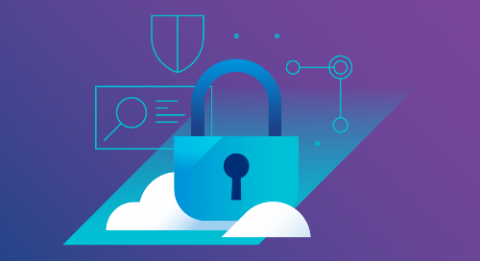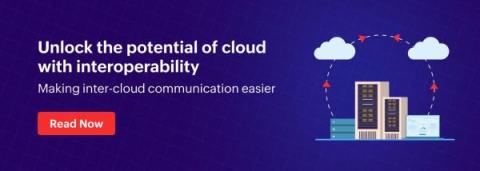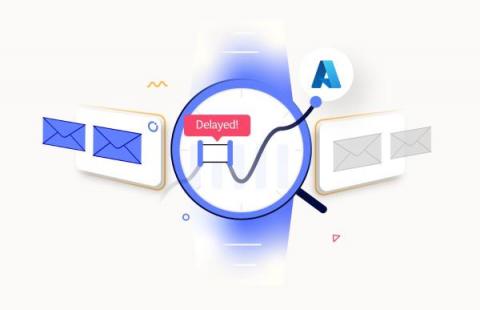SRE Redefines IT Operations as Architect of Sustainable Systems
Site Reliability Engineering (SRE) is a term that’s getting attention and gaining momentum – and for a good reason. SRE takes features of software engineering and applies them to various problems in infrastructures and operations. Organizations look to build SRE teams with a couple goals in mind, including to create and increase scalability and develop solid software systems.











